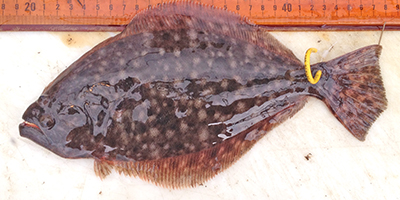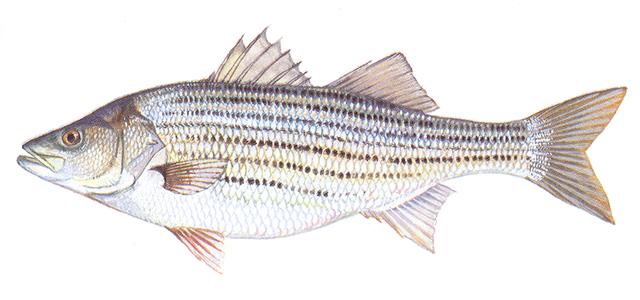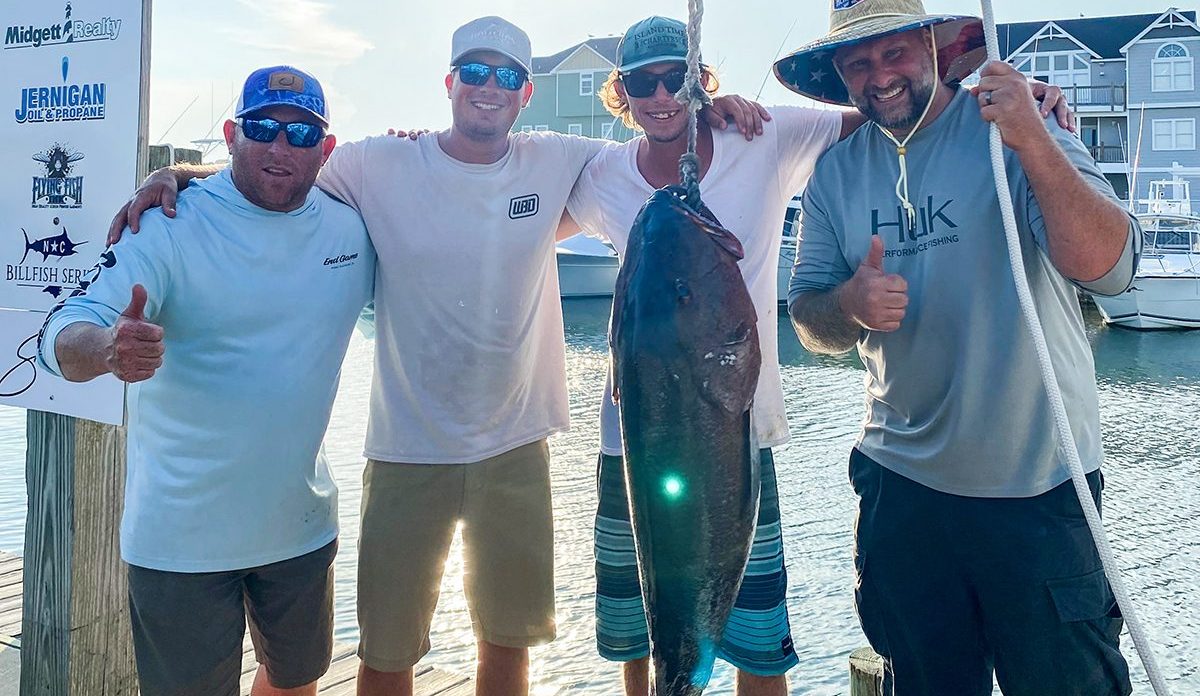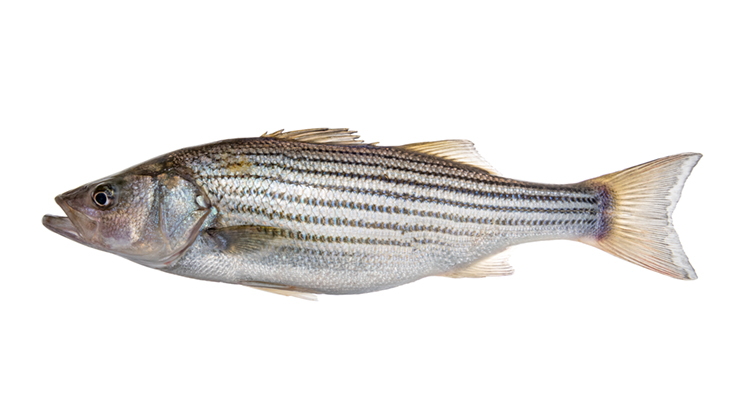
MOREHEAD CITY – The N.C. Division of Marine Fisheries announced Wednesday it has adjusted the recreational and commercial flounder seasons for 2021 to ensure a sustainable fishery.
In 2019 the Division of Marine Fisheries recommended, and the Marine Fisheries Commission approved, substantial harvest reductions in the flounder fishery to rebuild the southern flounder stock. The season adjustments are necessary to meet that goal, the division said.
Supporter Spotlight
The recreational flounder season will open Sept. 1 and close Sept. 14 in internal and ocean waters of North Carolina. The minimum size limit will remain at 15 inches total length, and the creel limit will remain at four fish per person per day during the open recreational season.
Since all species of flounder are managed under the same recreational regulations, the recreational season applies to all recreational flounder fishing.
The commercial southern flounder harvest seasons will open on the following schedule:
- Northern Area (waters north of Pamlico Sound) – Sept. 15 through Oct. 1.
- Central Area (Pamlico Sound and its tributaries) – Oct. 1 through Oct. 19.
- Southern Area (waters from Core Sound to the South Carolina line) – Oct. 1 through Oct. 21.
All commercial gears that target southern flounder, such as large mesh gill nets and flounder pound nets, must be removed from the water when the season is closed (or made inoperable in the case of flounder pound nets). The catfish and shad fisheries, which use large mesh gill nets, will be allowed in areas where interactions with southern flounder are unlikely.
The flounder fishery is currently managed under Amendment 2 to the Southern Flounder Fishery Management Plan. Amendment 2 included southern flounder harvest reductions of 62% in 2019 and 72% beginning in 2020 for both the recreational and commercial fisheries. The total removals allowed in both years under these reductions were exceeded in both the commercial and recreational sectors, resulting in the seasonal adjustments.
Reductions in harvest are required because the 2019 South Atlantic Southern Flounder Stock Assessment found that southern flounder is overfished and overfishing is occurring throughout the region (North Carolina through the eastern coast of Florida). Overfished means the population is too small. Overfishing means the removal rate is too high. North Carolina is leading the rebuilding effort with the Marine Fisheries Commission adoption of Amendment 2.
Supporter Spotlight
The division is developing Southern Flounder Fishery Management Plan Amendment 3, which examines more robust management strategies, such as quotas, slot limits, size limit changes, gear changes, and species-specific management for the recreational fishery. Draft Amendment 3 is scheduled to be reviewed and potentially approved for public and advisory committee review in November.
For more information about the southern flounder fishery, see the Division of Marine Fisheries’ answers to Frequently Asked Questions or the Southern Flounder Amendment 3 Information Page.







